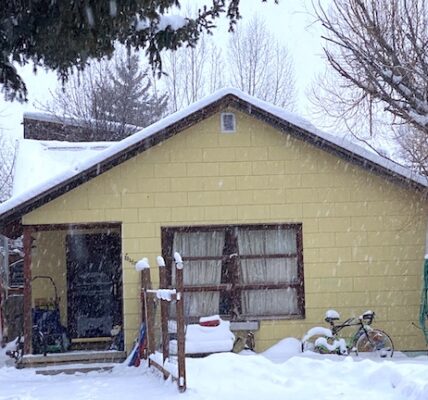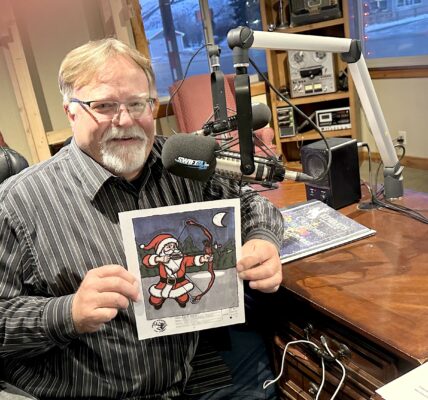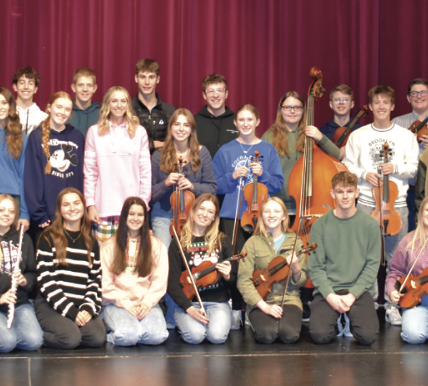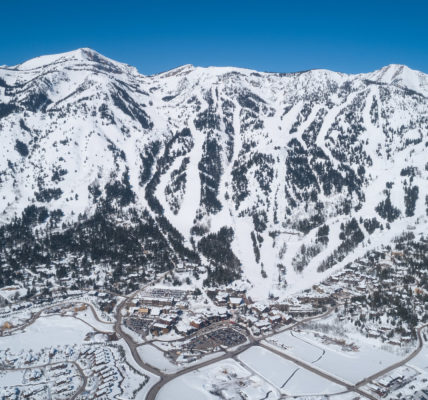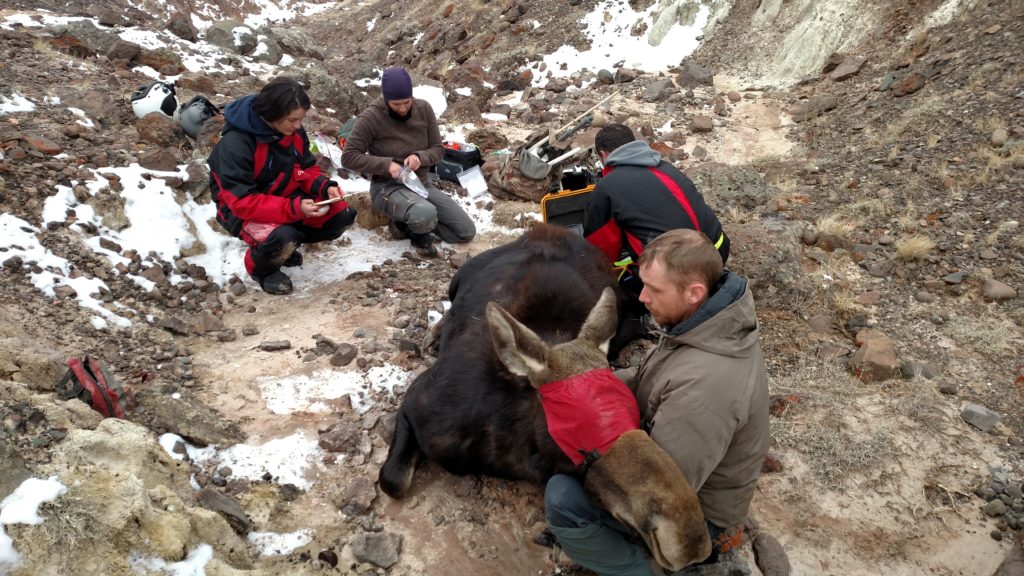
◆ Study seeks to provide greater understanding.
Provided by the Wyoming Game and Fish Department
Last month, 16 moose were captured and radio collared south of Meeteetse as part of a cooperative research effort between the Wyoming Game and Fish Department, Wyoming Cooperative Fish and Wildlife Research Unit, Haub School of Environment and Natural Resources, local contributors Charlie and Mary Rumsey and many local landowners who granted access to their private land to capture moose.
Game and Fish Wildlife Biologist Bart Kroger is assisting with the project.
“Collared moose will provide wildlife managers with a better understanding of daily and seasonal movement patterns, survival, calving locations, habitat use and selection, and forage preferences,” Kroger said. “Ultimately this information will be used to help access future management needs of local moose populations.”
As part of the study, ten cows and six bulls were captured along the Greybull River, Wood River and Gooseberry Creek using a helicopter and dart gun. Once chemically immobilized, researchers fitted moose with radio collars, assessed body condition and parasite loads, recorded measurements and collected fecal, hair, blood and tooth samples.
For cow moose, an ultrasound was used to determine pregnancy and if pregnant, a vaginal implant transmitter was placed to determine when and where the cow’s calf is born.
After processing, all moose were given a drug reversal, and then released on site. The project crew, led by University of Wyoming graduate student Rebecca Levine, plan to capture additional moose this summer and next winter to help improve data needs for the project.



